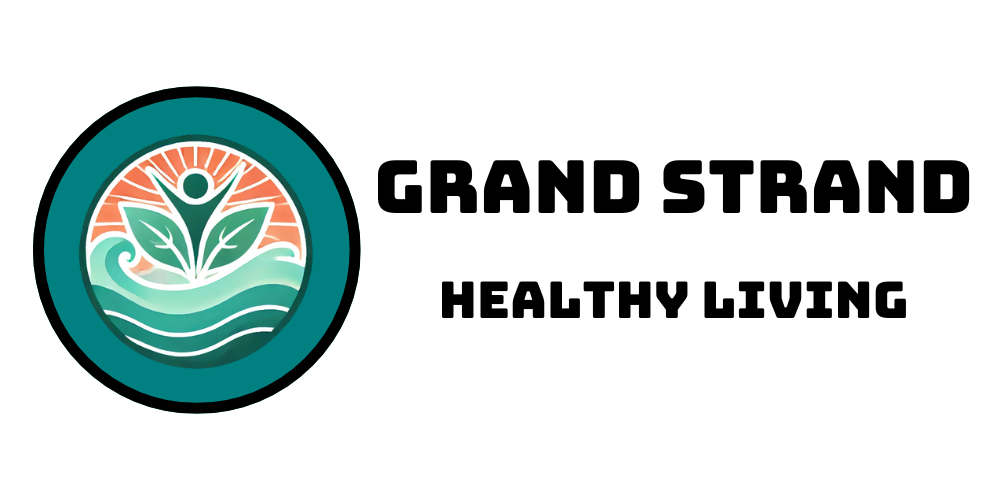
Understanding the Care Gap in Mental Health Treatment
As the world increasingly recognizes mental health disorders as a significant public health issue, statistics reveal a troubling trend: the majority of individuals suffering from these conditions do not receive effective treatment. The study by Vigo et al. (2025) highlights a coverage cascade framework that assesses how effectively individuals engage with mental health care systems around the world. Understanding this framework is key to addressing the barriers preventing access to proper treatment.
The Coverage Cascade Explained
The coverage cascade measures the journey of individuals with mental health disorders from diagnosis to treatment. This journey can be broken down into three main components: contact coverage, which is defined as any interaction with healthcare professionals; minimally adequate coverage, indicating that individuals receive sufficient treatment; and effective coverage, which assesses the quality of that treatment based on established standards. Each stage of this cascade presents opportunities for dropout, making it crucial to identify and address the reasons why individuals may not progress to the next level of care.
Global Insights from Diverse Regions
Vigo and colleagues conducted World Mental Health surveys across 21 countries, including both high-income and low-income areas, providing a comprehensive overview of treatment accessibility. In these studies, over 56,000 respondents shared their experiences with mental health conditions, revealing a staggering 13.8% prevalence of disorders in the sample. This data underscores the need for scalable solutions tailored to local healthcare environments, particularly in regions where stigma and resource constraints further complicate access to care.
Identifying the Bottlenecks
Barriers to effective treatment often stem from both individual and systemic factors. Low-income regions grapple with fewer healthcare resources, while high-income countries may struggle with stigma surrounding mental illness. According to the findings, common hurdles include lack of perceived need for care, sociodemographic challenges, and varied healthcare systems. These issues collectively fuel the care gap that millions navigate without assistance.
Future Trends in Mental Health Treatment
As more data emerges, mental health treatment must evolve in response. Future initiatives can harness insights from the coverage cascade to create targeted interventions. For example, enhancing contact coverage can lead to higher rates of minimally adequate care, particularly in marginalized communities. Shifting public perception and reducing stigma will play a critical role in this transformation, ensuring that mental health care is recognized as an integral part of overall health.
What This Means for the Grand Strand Community
Residents of the Grand Strand can take proactive steps in championing mental health awareness. Creating a supportive community that openly discusses mental health issues can reduce stigma and encourage those in need to seek help. Educational programs focusing on mental health literacy can empower residents to recognize signs of mental disorders in themselves and others. Understanding that mental health treatment is essential for a thriving community can bridge the care gap and foster a healthier environment.
Final Thoughts: Why We Must Act
The increasing prevalence of mental health disorders highlights a pressing need for effective treatment globally. The coverage cascade framework provides valuable insights that can lead to actionable strategies for improving accessibility and quality of care. It is crucial that we advocate for mental health initiatives now more than ever—for the well-being of individuals, families, and communities as a whole.
Join the movement to promote mental well-being in our communities. Engage with local mental health initiatives or share this information to raise awareness. Together, we can close the care gap and ensure that everyone has access to effective mental health care.
 Add Row
Add Row  Add
Add 





Write A Comment